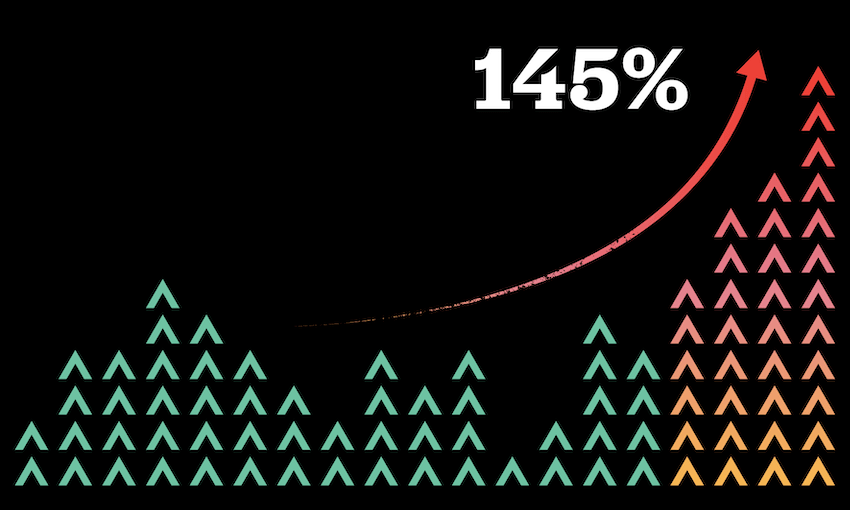Stuff saw the biggest increase since 2018 while RNZ’s usage declined by 9%.
To celebrate Te Wiki o Te Reo Māori, data science specialists Dot Loves Data analysed 2.3 million media articles published between 2008 and 2022 to understand how the New Zealand media is contributing to the revitalisation of te reo Māori. The results show a huge media surge in the usage of te reo, which continues to accelerate.
To complete its analysis, Dot Loves Data translated a set of 6,000 commonly used English words into te reo Māori. We then used a proprietary natural language processing tool called the Moodaliser to analyse the frequency of these kupu Māori in online media. The 2.3 million articles came from New Zealand’s six main media outlets: Stuff, NZ Herald, Radio New Zealand, The Spinoff, Newshub and Scoop.
The analysis shows that the usage of reo Māori terms and phrases by New Zealand’s media outlets is growing at a fast pace. According to Dot Loves Data’s co-founder Dr Paul Bracewell (Ngāti Maniapoto), this reflects a collective effort by media outlets to mainstream the use of reo Māori, one of New Zealand’s official languages. Bracewell’s analysis shows the number of kupu Māori used in mainstream news articles steadily increased from 2008 to 2018, but surged dramatically between 2019 and 2022, largely driven by an increase in usage by The Spinoff, Stuff and New Zealand Herald. The usage of kupu Māori in published content by RNZ actually declined by 9% over the same period.
The graph below shows the average number of kupu Māori used per 100 content words in these articles over time. Bracewell noted that the sharp increase from 2019 has been fuelled by increasing media usage across, and augmented by, the government’s Covid-19 campaign. The use of te reo Māori in the Covid-19 campaign has been high, particularly when discussing vaccine uptake and similar topics.
In 2008, the average usage of reo Māori was 2.2 words per 1000 content words. By 2022, this had increased to 5.3 words per 1000 content words, representing a 145% increase. Bracewell says the graph analysis shows two notable peaks in the use of te reo Māori over the last two years.
The first peak occurs in mid-September 2021, when the average percentage of kupu Māori used increases to 5.2 words per 1000 content words. This peak was due to last year’s Te Wiki o Te Reo Māori. The second and most obvious peak of 6.3 words per 1000 content words occurs in early July 2022, which coincides with the nation’s first public holiday to recognise the cultural significance of the Matariki star cluster. As could be expected, these public celebrations of Māoritanga are linked with increasingly prominent usage of te reo Māori by Aotearoa’s mainstream news providers.
The analysis aligns with increasing usage of te reo by New Zealanders across the country, led by a renaissance of the language within schools, and government’s ambition that by 2040, 85% of New Zealanders will value te reo Māori as a key part of national identity and one million New Zealanders will be able to speak basic te reo Māori.
Dot Loves Data also assessed which media outlets have the highest usage of te reo Māori in online articles. The Spinoff has the highest usage with 8.9 kupu per 1000 content words, an increase of 99% over three years, followed by Stuff at 6.4 kupu per 1000 content words, a spike of 180% over the last three years. Scoop is third on 5.3 kupu per 1000 content words and Radio New Zealand is fourth with 4.7 kupu. The NZ Herald and Newshub round out the placings at 3.7 and 3.4 kupu respectively.
Given Aotearoa New Zealand’s increasing awareness and celebration of Te Wiki o Te Reo Māori and Matariki, as well as a growing number of reo Māori learners, Dot Loves Data expects to see a further increase in the use of reo Māori in the coming years in line with this broader trend.
Kia kaha te reo Māori!

